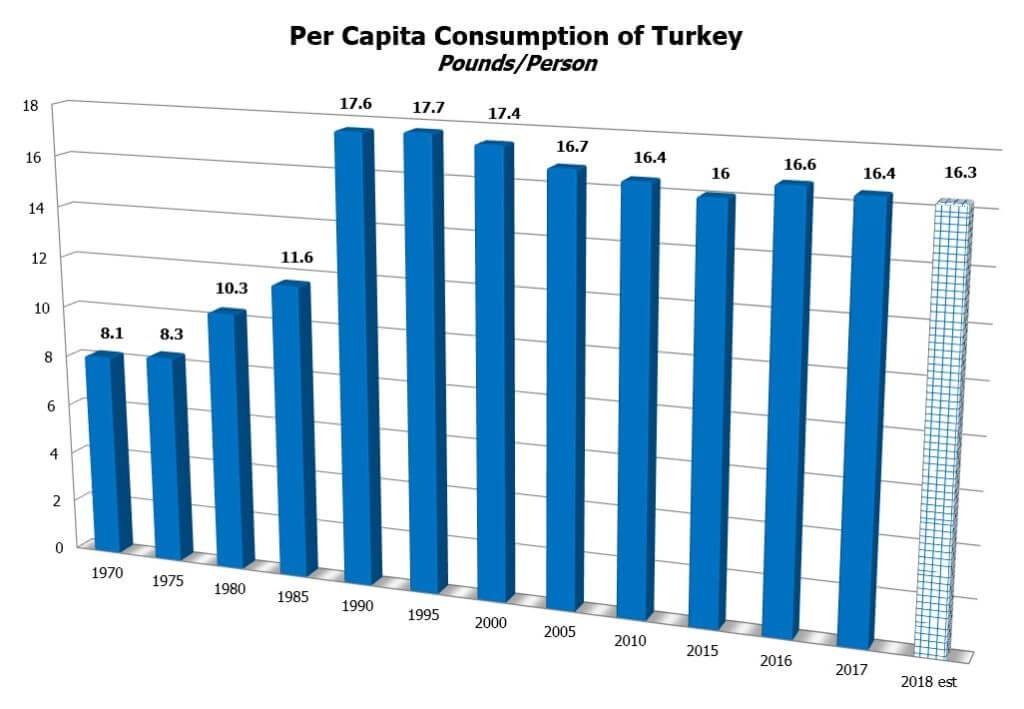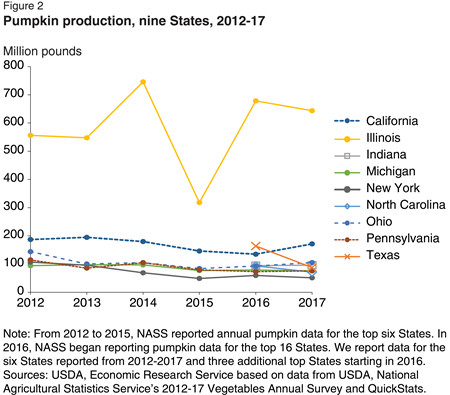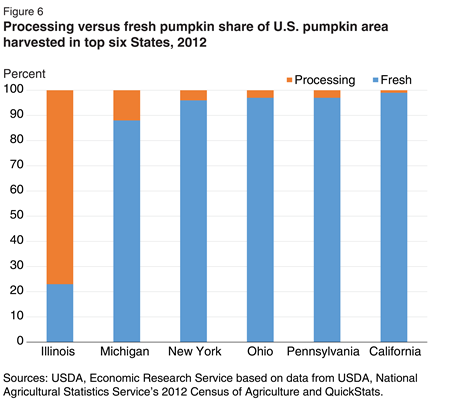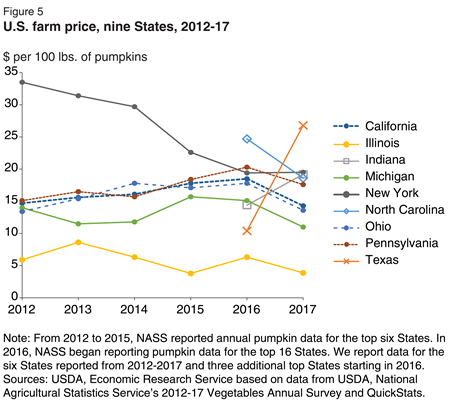2017–2019 period organizations running up against ‘silo challenges’ – in respect of technologies, data, processes, skill bases, culture, managerial mindsets and organizational structures – that slow adoption considerably."
Qualifier 4 – technology: born perfect? perfectible?
"Informed sources also point to the fact that the kind of AI we have today is narrow or weak AI, able to perform a specific kind of problem or task. Nearly all refer to the reality of the Moravec Paradox, that is, the easy things for a 5-year-old human are the hard things for a machine, and vice versa ..."
Qualifier 5 – distinctive human strengths at work
"Manyika et al. (2017) developed a highly useful (though not exhaustive) framework of 18 human capabilities needed at work, and likely to be needed in the future. These divide into sensory perception, cognitive capabilities, natural language processing, social and emotional capabilities and physical capabilities. They found that automation could perform 7 capabilities at medium to high performance, but their modelling suggests that automation tools are nowhere near able to perform the other 11 capabilities (e.g. creativity, socio-emotional capabilities) to an above human level, and that it would be anything between 15 and 50 years before many tools could. Furthermore, humans tend to use a number of capabilities in specific workplace contexts, and machines are not, and will not be good any time soon, at combining capabilities, let alone being integrated to deal with complex real-life problems ... ... In sum, too little consideration is given to distinctive human qualities that are not easily codifiable or replaceable, especially in combination, and are likely to remain vital at work. Perhaps the direction of travel should be not for replicating human strengths but for automation to be focused on what humans cannot do, or do not want to do."
Qualifier 6 – ageing populations, demographics and automation
Birth-rates have been falling around the world, populations have been aging, and the size of the workforce in many countries is either not rising much or actually declining: "Declining birth
rates and ageing populations across the G20 may well see workforce growth decline to 0.3% a year, leaving a workforce too small to maintain current economic growth, let alone meet espoused aspirational targets." The global economic future in many countries, based on demography, looks more likely to involve labor shortages than labor surpluses.
Qualifier 7 – automation, skills and productivity shortfalls
It may be that fears over the robo-apocalyse are not so much about the rising abilities of robots as about the shortages of skills from humans. Willcocks writes: "There is an irony here in that, while many studies are predicting large job losses as a result of automation, we are also seeing skills shortages reported across many sectors of the G20 countries. These shortages are not necessarily just in areas relating to designing, developing, supporting or working with emerging digital, robotic and automation
technologies. Demographic changes, plus skills mismatches and shortages, feed into productivity issues at macro and organizational levels. Therefore, it is increasingly likely that despite the lack of attention given to the issue by most studies, major economies over the next 20 years are going to experience large productivity shortfalls even to maintain their present economic growth rates, let alone achieve their espoused growth targets. Automation and its productivity contribution may turn out to be a coping,
rather than a massively displacing phenomenon."
Qualifier 8 – exponential increases in work to be done
Information technology isn't just about automating existing work. Among other changes, it brings with it an explosion of available data, which needs to be managed, examined, stored, protected against cybersecurity threats, integrated with regulatory and legal requirements, and more. Willcocks writes:
Consider how many organizations are self-reportedly at breaking point despite work intensification, working smarter and the application of digital technologies to date. Then reflect on how the exponential data explosion, the rise in audit, regulation and bureaucracy and the complex, unanticipated impacts of new technologies are already interacting, and increasing the amount of work to be done, and the time it takes to get around to doing productive work. I would propose a new Willcocks Law to capture some of what is happening, namely ‘work expands to fill the digital capacity available’. Far from the headlines, a huge if under-analysed work creation scheme may well be underway, to which automation will only be a part solution.Taking these factors together, it is not at all obvious that artificial intelligence, information technology, and robots are going to reduce the number of jobs. Instead, it seems more plausible that they will reshape jobs, potentially both for better and for worse.
On the other side, Marleen Huysman comments in "Information systems research on artificial intelligence and work: A commentary on “Robo-Apocalypse cancelled? Reframing the automation and future of work debate” (pp. 307-309): "By developing hybrid AI, tools will become our new assistants, coaches and colleagues and thus will augment rather than automate work."









